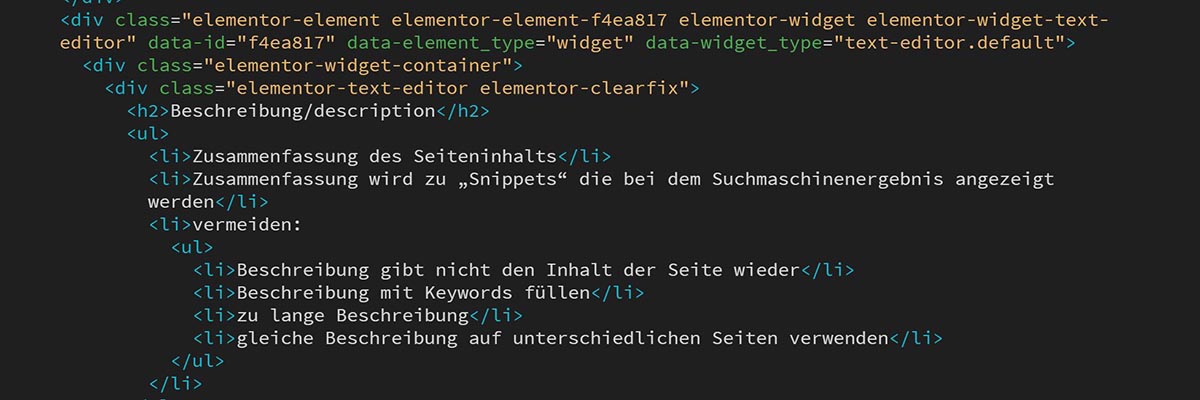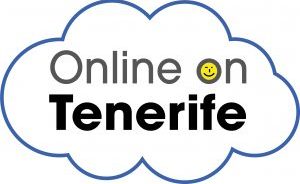
Basics of Search Engine Optimization SEO - Onpage
On-page optimization is part of Internet search engine optimization. There are some points that can be taken into account directly when creating and updating.
In the Google Webmasters “you will find some information about this. Below we have described a few points:
Description
- summary of page content
- summary becomes “Snippets” that are displayed in the search engine result
- avoid:
- description that does not reflect the content of the page
- filling description with keywords only
- too long description
- using the same description on different pages
Title
- unique and meaningful = each page must be unique
- avoid:
- title that does not refer to the content
- same titles on different pages
- too long title
- excessive use of keywords
Pictures/Image
- “ALT” – attribute to describe image
- meaningful info -> important for screen readers or when an image is not displayed
- use all possibilities of labeling
- file extension must match file type
- unique file names
- web-optimized images = short charging time
- avoid:
- too long old texts (spam danger!)
- long file names
Headings (h1-h6)
- the most important statement is h1 on the respective page
- plan hierarchical structure in advance (comparable to a table of contents in a book)
- h1-h3 are important for search engines; h4-h6 serve only as design elements
- must fit the theme of the page
- should contain the main keyword
- avoid:
- excessive use -> better: use em (italic) or strong (fat)
- incomprehensible jumping, between small and large headings (no clear structure)
Anchor text/link text
- clear and comprehensible description of the linked page
- formatting should make link clearly recognizable
- avoid:
- too long descriptions, such as sentences or whole paragraphs
- using “here” or “download” etc…
- overuse of keywords


